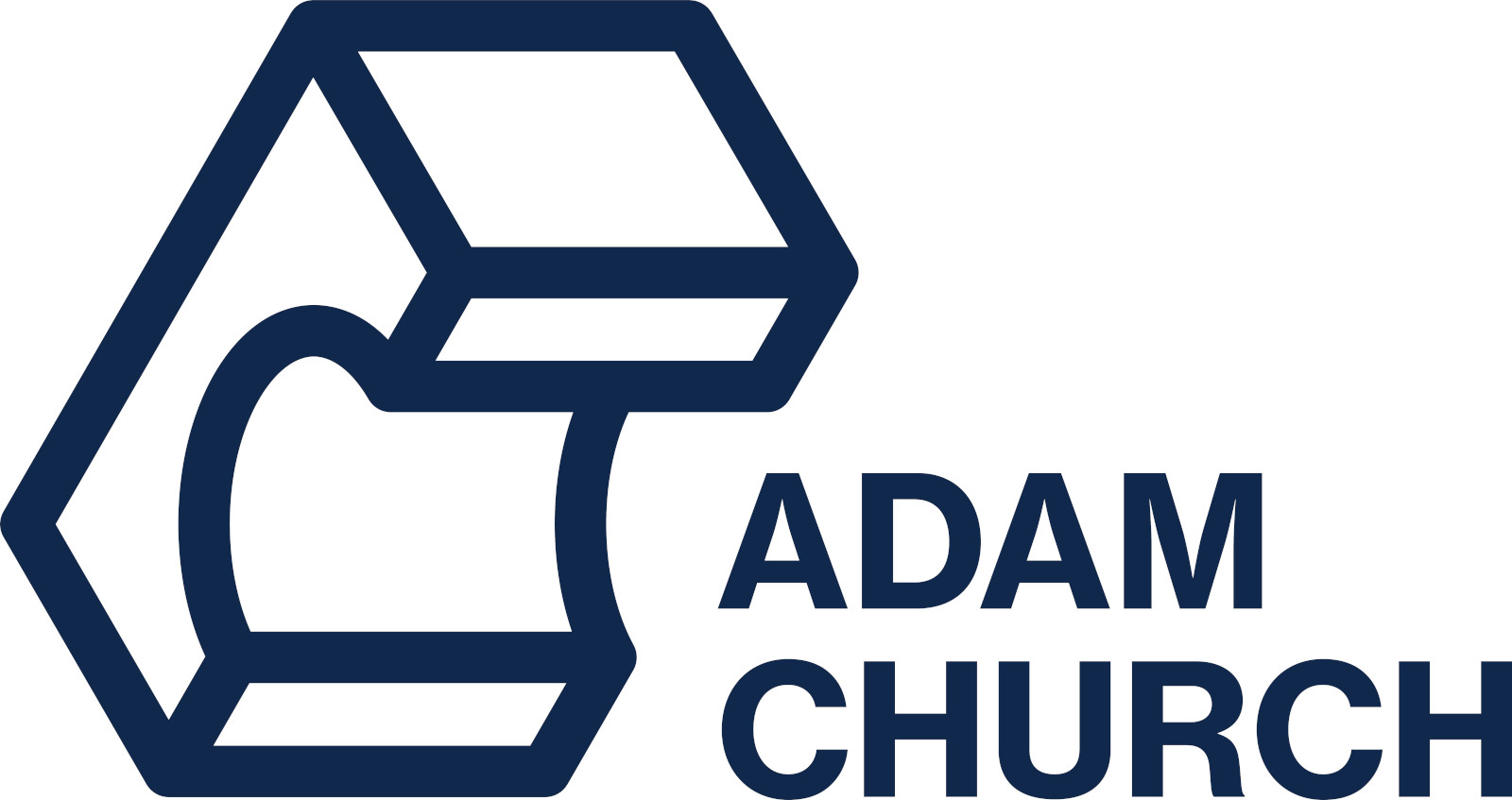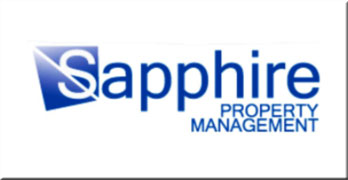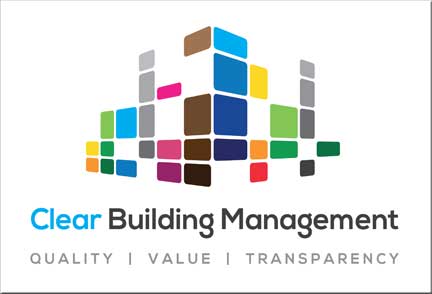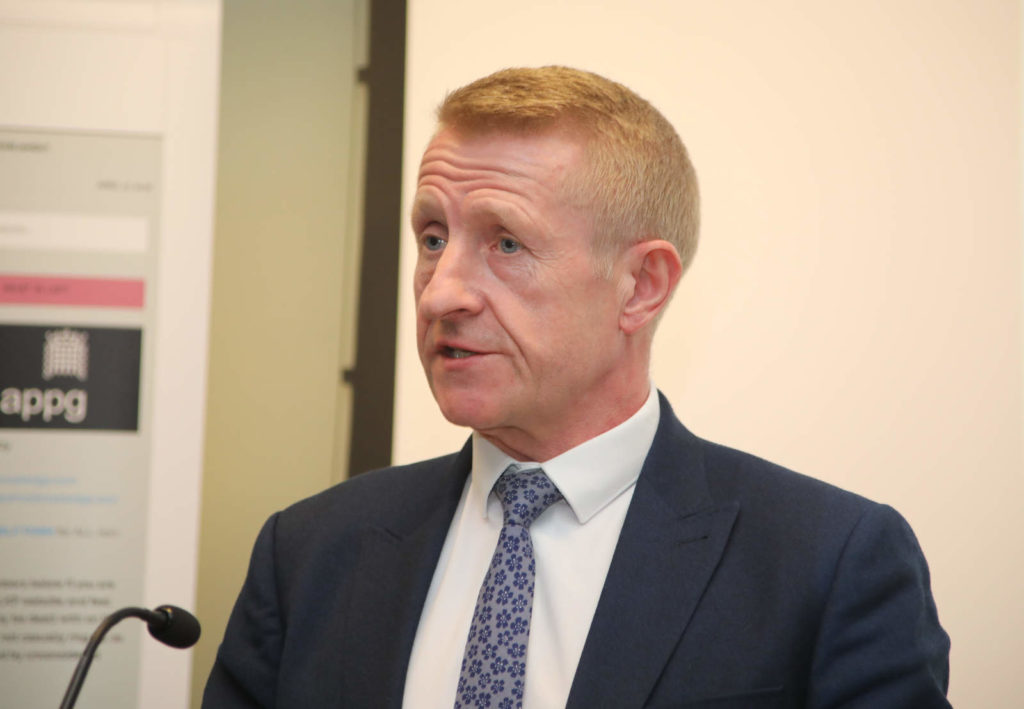
By Harry Scoffin
Tracking down the “responsible entity” for leasehold apartment blocks is made more difficult when they are based offshore and hide their beneficial ownership, the highly respected veteran firefighter Roy Wilsher said to an audience at City Hall on Thursday February 6.
Chair of the National Fire Chiefs Council (NFCC) Roy Wilsher, who has been in the service for 37 years and represents chief fire officers in the UK, sympathised with the plight of cladding victims and expressed dismay at the nature of the leasehold system.
He took issue with the often anonymous (and speculative) interests in residential freeholds, telling the room he is “trying to hold, if we can find them, the responsible person to account.”
Drawing laughter from the audience, the UK’s top fire chief said that “sometimes even finding the – you must know this as much as me – responsible person to pin down, to do something about your building is hard enough.”
“We have many examples of foreign nationals who now live in Jersey and have their money in the Cayman Islands owning blocks, tracking them down, making them do something is difficult, but we are trying.”
In their dealings with external freeholders, the fire services have been driven by the fact that these buildings ultimately “are your homes,” he assured attendees.
The reference to third-party freeholders being offshore and off the radar was repeated at the meeting by Leeds Central MP Hilary Benn and is bound to be raised at the Westminster Hall debate on Wednesday.
Mr Wilsher gave a potted history of the country’s building safety experience and spoke authoritatively about the lessons from the Lakanal and Grenfell tragedies.
He criticised the fact that the same combustible material used on Grenfell Tower is still in situ on hundreds of residential buildings nearly three years on from the West London blaze that claimed 72 lives.
“Shorthand answer is, to us, [it’s] unacceptable. We’ve written, I wrote, along with Dany Cotton, of London Fire Brigade [who has since resigned her role as London fire commissioner after Grenfell criticism], we wrote a joint letter to government last June saying it’s unacceptable. This [position] hasn’t changed, this hasn’t moved. But we have no power to do anything else than, unfortunately the same as you, raise your voice as loud as you can,” Mr Wilsher said.
He also stressed that fire heads only called for waking watches in the days and months after Grenfell in the expectation that they would be interim measures, “measures for months”.
A show of hands indicated that all the cladding leaseholders were paying for waking watch, and some were doing so for two years. Some were even paying for it after updated fire alarms had been installed (at leaseholders’ expense).
It would appear that freeholders are desperate to cover their liability with waking watches even after fire safety improvements – and why not, when they do not have to pay for it themselves?
Mr Wilsher added that representations were made to government in 2017 to highlight the deficiencies of the existing legislation, which were blocking fire services from taking a more muscular approach to the cladding crisis that was emerging in the immediate aftermath of the Grenfell fire:
“Back in 2017, we also said to government that we don’t have the powers to do the things we might need to do. Neither the Fire Safety Order nor the Housing Act [2004] gives the levers or the power to do what we might have to do if there are people who don’t want to do things about ACM [aluminium composite material] cladding.”
In a candid admission, Mr Wilsher said that government in the wake of the Grenfell tragedy was not even in a position to say whether the doors to private flats were covered by fire safety laws:
“Things like front doors, you know you needed fire doors and front doors on residential blocks working well, and there was the problem at Grenfell, the fact that they had supposed fire doors that didn’t last 15 minutes in a fire. Yeah, that was another problem as well. Government would not even confirm that the front doors of residential flats came under the Fire Safety Order. We said they did, they said it might do, might not, that it needs to be taken to court.”
However, he did say government quickly identified “that cladding systems were not covered by the Fire Safety Order,” which they were “absolutely certain” about, a situation that will be resolved when the Fire Safety Bill, as publicised in the Queen’s speech, becomes law, “but we probably won’t get [that until], at best, just before Christmas, probably early next year, so again we are waiting for things to happen, but that was a warning that we gave.”
Mr Wilsher also explained his role as chair of the fire Protection Board that was launched with government backing in September, which he praised as a positive innovation, describing it as a body to “support fire rescue services and get some consistency to deal with, at first, ACM-clad buildings, and then move on to, if you listen to the Secretary of State for MHCLG, his announcement in the house last year, that we would inspect 11,000 high-rise buildings by the end of 2021.”
In comments that may cause consternation in Whitehall, he cautioned the target of verifying 11,000 high-rises by 2022, citing depleted resources after years of budget cuts:
“Now we have lost 40% of our fire safety inspection officers over the last 10 years of austerity. We have lost 25% of our full-time workforce over the last 10 years.”
Mr Wilsher estimated that the drive to give England’s stock of apartment buildings expert, tailored building checks, on current capacity and funding levels, would take somewhere between 5 and 6 years, a far cry from the official timetable.
He told attendees that he was as concerned by buildings wrapped in high-pressure laminate, or HPL cladding, as those with the Grenfell-style combustible ACM which has received the lion’s share of media coverage.
“But it’s not as easy as it sounds,” he said. “Because HPL [high pressure laminate] isn’t a single thing, it’s many of multiple things, and you get A, B, C and D class of HPL and it can be resin and wood, resin and concrete, and resin and something else. Working out what type HPL you have on the building.”
Shocking the audience, he said there is no official estimate of how many private leasehold blocks have dangerous HPL “because no one has kept those records.”
Mr Wilsher took the opportunity to appeal directly to the 500,000 leaseholders who, according to The Times, have been prevented from selling their flats because of the government Advice Note 14 he a hand in producing.
He defended the guidance, saying that it was not meant to stall the flats market across England and Wales:
“For my sins, I am a member of the Expert Panel. I did agree to Advice Note 14. Now Advice Note 14 was meant for building owners to risk-assess their buildings and work out whether they needed to remediate them. It was never – unintended consequences – it was never written for mortgage firms, or insurance firms, or surveyors, or anyone else who used it, in our view, in the wrong way. That’s why we now have the, shorthand Consolidated Advice, where we put all 22 Advice Notes into 1 and clarify what it was all supposed to be for.”
He confirmed that Advice Note 14 has been rescinded and urged the audience to challenge those who raise it because “it doesn’t exist anymore, it doesn’t exist … because of the problems you are facing.”
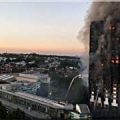
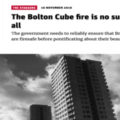


 Cladding sites insurance has gone from £40,000 to £200,000, UKCAG talls City Hall meeting
Cladding sites insurance has gone from £40,000 to £200,000, UKCAG talls City Hall meeting


